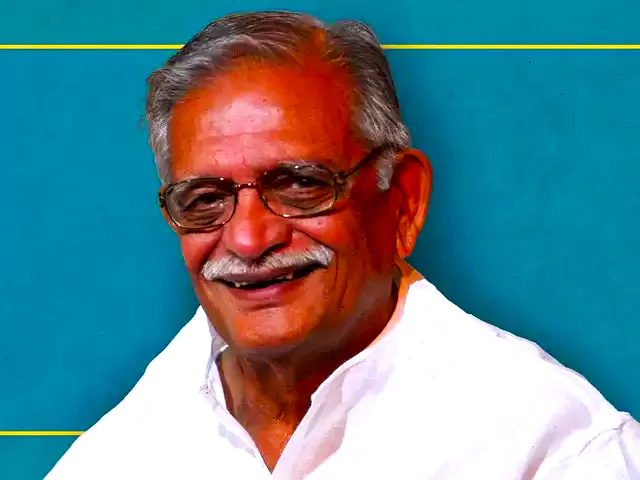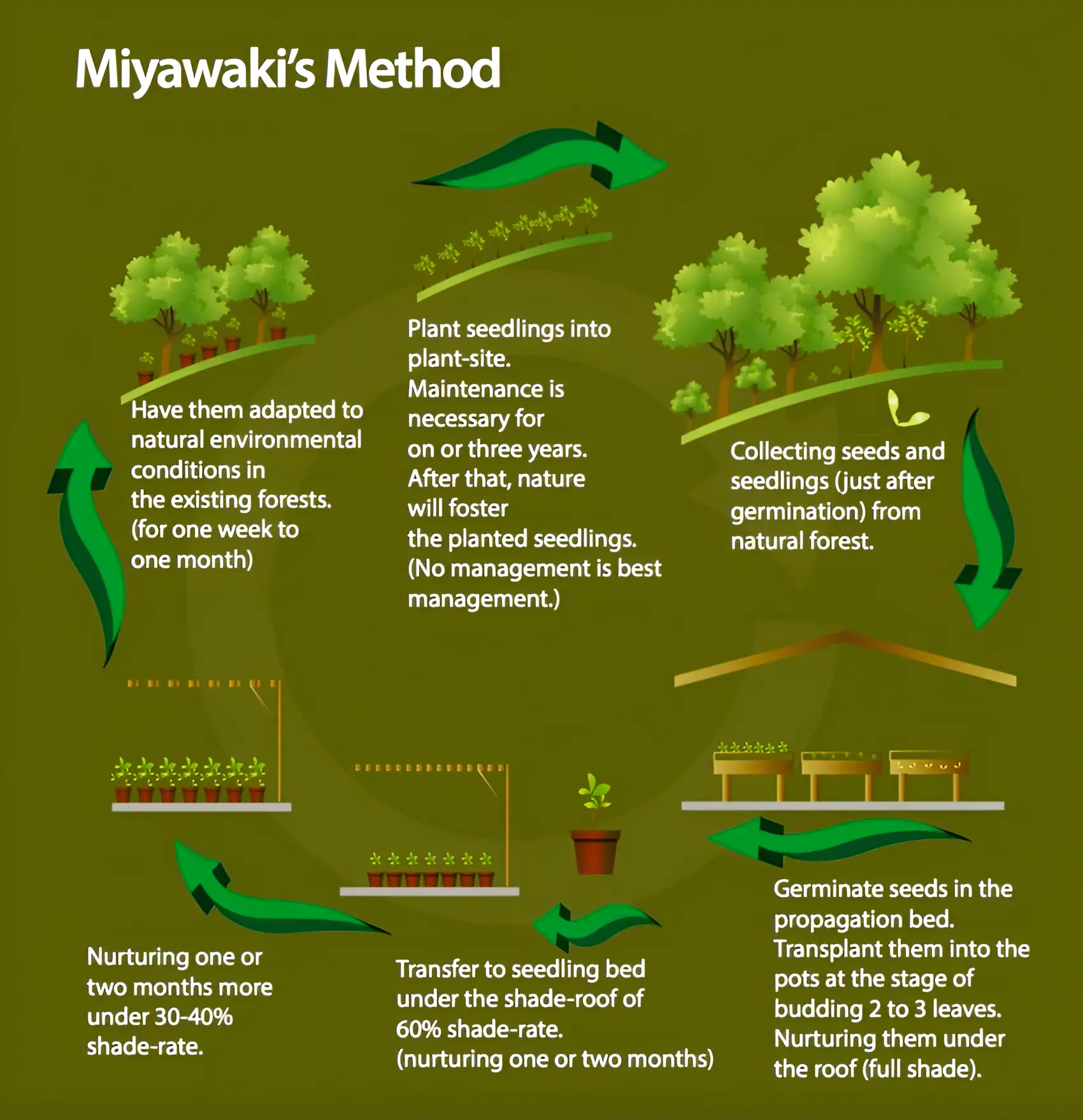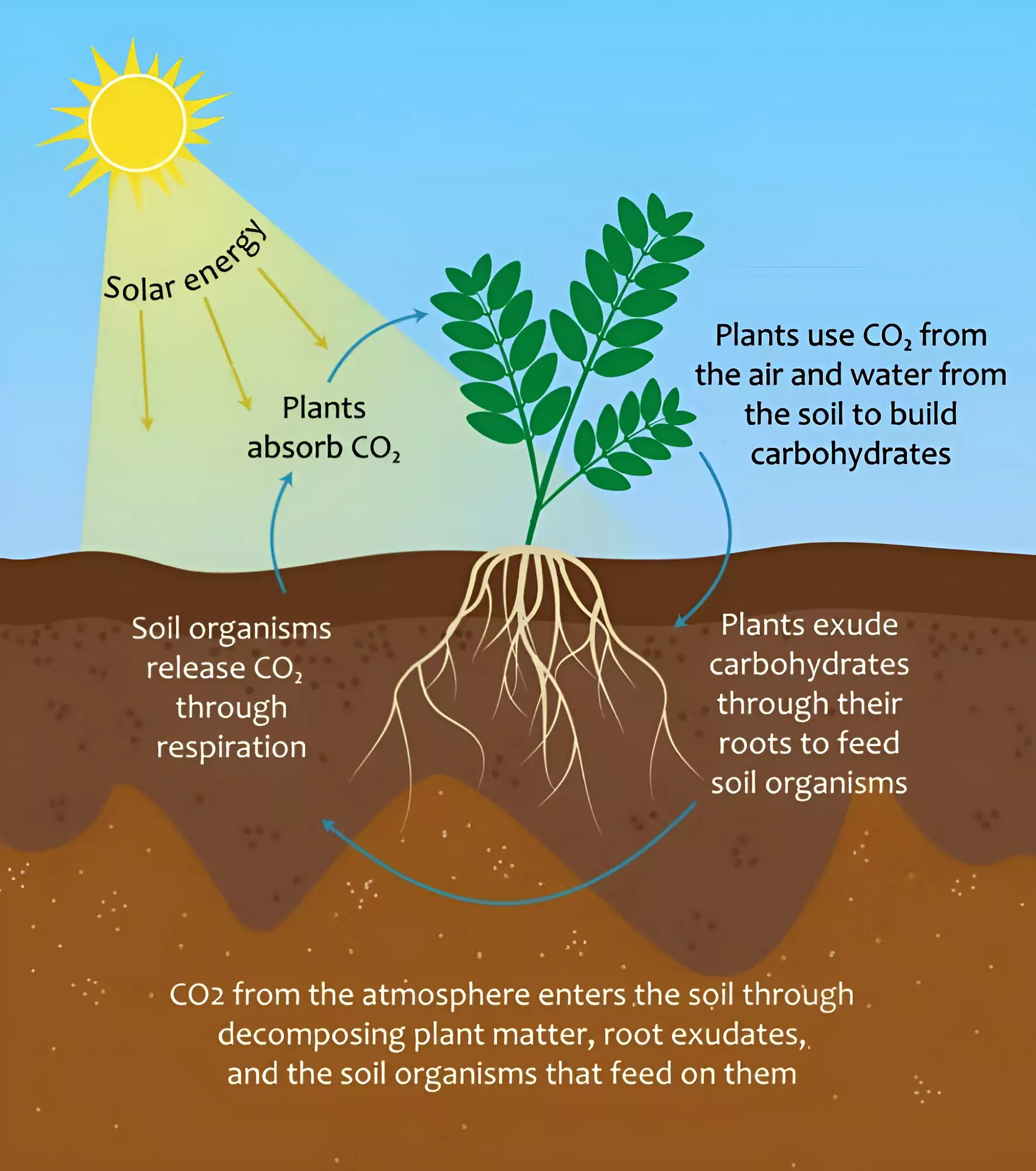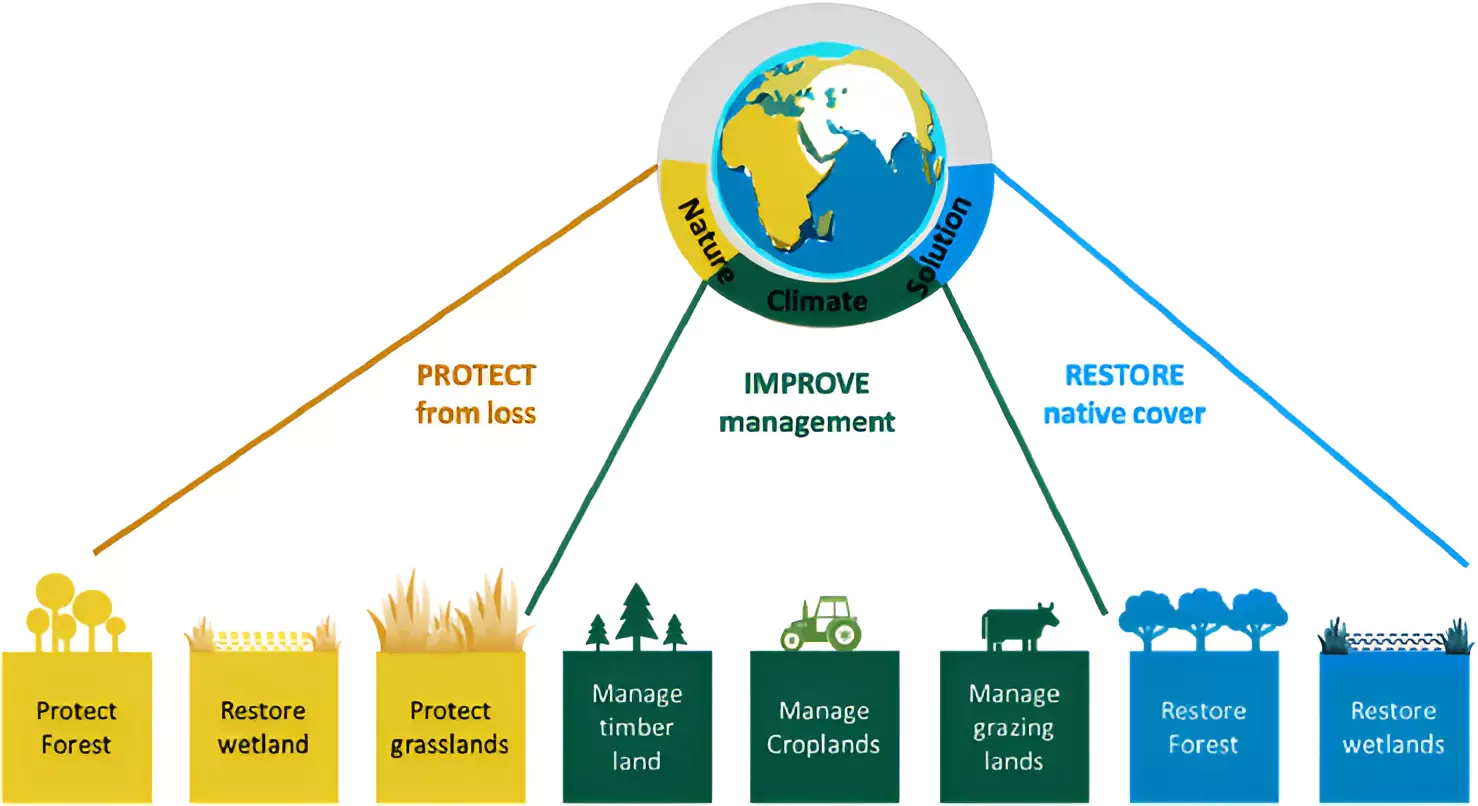India contributed $500,000 to the UN Counter-Terrorism Trust Fund (CTTF), underscoring its unwavering commitment to support multilateral efforts in the global fight against terrorism.
| Terrorism: UN defines terrorism as “Criminal acts intended or calculated to provoke a state of terror in the general public, whatever the considerations of a political, philosophical, ideological, racial, ethnic, religious or any other nature that may be invoked to justify them;” |
|---|
| United Nations Countering Terrorist Travel Programme (CTTP): It is a global initiative of the United Nations Office of Counter-Terrorism (UNOCT) which assists beneficiary Member States in building their capabilities to detect and counter-terrorists and serious crimes.
Countering Financing of Terrorism (CFT): Under this, UNOCT-UNCCT assists Member States in a sequential, coordinated and results-oriented manner on a variety of CFT topics. |
|---|
| Must Read | |
| NCERT Notes For UPSC | UPSC Daily Current Affairs |
| UPSC Blogs | UPSC Daily Editorials |
| Daily Current Affairs Quiz | Daily Main Answer Writing |
| UPSC Mains Previous Year Papers | UPSC Test Series 2024 |
A more powerful version of AlphaFold was unveiled recently.
AlphaFold is an artificial intelligence technology that helps scientists understand the behavior of the microscopic mechanisms that drive the cells in the human body.
| Proteins: Proteins are the microscopic molecules that drive the behavior of all living things.
These molecules begin as strings of chemical compounds before twisting and folding into three-dimensional shapes that define how they interact with other microscopic mechanisms in the body. DNA (deoxyribonucleic acid): It is a molecule that carries the genetic instructions necessary for the growth, development, functioning, and reproduction of all known living organisms.
Ribonucleic acid (abbreviated RNA): It is a nucleic acid present in all living cells that has structural similarities to DNA.
|
|---|
It is the new version of AlphaFold which extends the technology beyond protein folding.
| Must Read | |
| NCERT Notes For UPSC | UPSC Daily Current Affairs |
| UPSC Blogs | UPSC Daily Editorials |
| Daily Current Affairs Quiz | Daily Main Answer Writing |
| UPSC Mains Previous Year Papers | UPSC Test Series 2024 |
The Election Commission of India put on hold the disbursement of amounts under Rythu Bharosa Scheme till the completion of polling for the Lok Sabha election in the State.
Rythu Bharosa Scheme also known as the Farmer’s Investment Support Scheme (FISS), it has been implemented from the year 2018-19 Kharif season onwards to take care of the initial investment needs of every farmer.
| Must Read | |
| NCERT Notes For UPSC | UPSC Daily Current Affairs |
| UPSC Blogs | UPSC Daily Editorials |
| Daily Current Affairs Quiz | Daily Main Answer Writing |
| UPSC Mains Previous Year Papers | UPSC Test Series 2024 |
Recently, the Defence Research and Development Organisation (DRDO) organized a National Symposium and Industry Meet on ‘Emerging Technologies in Infrastructure Development’ in New Delhi.
Emerging TechnologyEmerging technology commonly refers to technologies that are currently developing, or that are expected to be available within the next five to ten years, and is usually reserved for technologies that are creating, or are expected to create, significant social or economic effects.
|
|---|
| Must Read | |
| NCERT Notes For UPSC | UPSC Daily Current Affairs |
| UPSC Blogs | UPSC Daily Editorials |
| Daily Current Affairs Quiz | Daily Main Answer Writing |
| UPSC Mains Previous Year Papers | UPSC Test Series 2024 |
Inscriptions dating back to various periods were found at the Sri Madhava Perumal Temple in Tamil Nadu.
Hoysala Architecture:
|
|---|
Background: Hoysala ruler Veera Ballala III (1292-1342), the last great king of the Hoysala Empire, ruled the region. He asked Madhava Perumal Dhandanayaka, the general of the army, to rule the region. He constructed the Dhandanayaka Fort which was later renamed as Danaikan Fort. The fort, constructed 680 years ago, was destroyed of which only the damaged temple is visible now.
Bhavanisagar Dam:
|
|---|
| Must Read | |
| NCERT Notes For UPSC | UPSC Daily Current Affairs |
| UPSC Blogs | UPSC Daily Editorials |
| Daily Current Affairs Quiz | Daily Main Answer Writing |
| UPSC Mains Previous Year Papers | UPSC Test Series 2024 |
A recent Report developed in partnership with Deloitte presents valuable uses of Earth Observation Data across economic growth, industries, technology, and climate sectors.
Earth Observation is the process of collecting information about activities and characteristics on Earth which includes physical, chemical, biological and anthropogenic (human) systems.
| Must Read | |
| NCERT Notes For UPSC | UPSC Daily Current Affairs |
| UPSC Blogs | UPSC Daily Editorials |
| Daily Current Affairs Quiz | Daily Main Answer Writing |
| UPSC Mains Previous Year Papers | UPSC Test Series 2024 |
Recently, The Delhi High Court emphasized the need of teaching minors about the concept of “virtual touch” alongside traditional notions of “good touch” and “bad touch.”
Virtual touch technology creates a way to interact with digital content using hand movements like touching, even though it’s not real touch.
|
|---|
“Education on Virtual Touch’ holds significance as it provides users, particularly minors, with essential knowledge and abilities to safely and responsibly maneuver through the expanding digital realm. Here’s why it’s crucial:”
| Must Read | |
| NCERT Notes For UPSC | UPSC Daily Current Affairs |
| UPSC Blogs | UPSC Daily Editorials |
| Daily Current Affairs Quiz | Daily Main Answer Writing |
| UPSC Mains Previous Year Papers | UPSC Test Series 2024 |
Constructed wetlands are emerging as a promising solution to purify water similar to naturally occurring wetlands.
| Wetlands: As per the Ramsar Convention, “Wetlands are “areas of marsh, fen, peatland or water, whether natural or artificial, permanent or temporary, with water that is static or flowing, fresh, brackish or salt, including areas of marine water the depth of which at low tide does not exceed six meters.”
A Saturated Ecosystem: A wetland is a place in which the land is covered by water (salt, fresh, or somewhere in between) either seasonally or permanently. It functions as its own distinct ecosystem. Significance of Wetlands:
|
|---|
Constructed wetlands are engineered structures designed to replicate the functions of natural wetlands. They consist of shallow basins decorated with wetland vegetation, such as reeds, rushes, and sedges. As wastewater passes through these basins, a sequence of physical, chemical, and biological processes occurs, efficiently removing contaminants and improving water quality.
| Wetlands | Constructed Wetlands |
| Flooded by water, either permanently or seasonally, and are characterized by the presence of adaptive aquatic vegetation and hydric soil. | Artificial shallow basins filled with substrate and planted with vegetation that can tolerate saturated conditions. |
| Offer a range of ecological services, such as habitat for various species, water purification, and flood control, nutrient cycling and support a diverse range of plant and animal life. | Used for the treatment of wastewater and can remove pollutants through processes such as sedimentation, filtration, and chemical reactions. |
| SOmetimes, covered by local, national, and international laws for protection because of their biodiversity and ecological significance. | Enable customization based on particular requirements and limitations. They can be adjusted to various environmental conditions and treatment objectives. |
| Potential to treat water to high standards and recycle water, making them an effective solution for secondary and tertiary treatment of wastewater and stormwater . |
Constructed wetlands present a possible remedy for combating industrial wastewater pollution in India. By leveraging the innate filtration capabilities of wetland ecosystems, these systems adeptly treat wastewater while also yielding supplementary environmental advantages.
| Must Read | |
| NCERT Notes For UPSC | UPSC Daily Current Affairs |
| UPSC Blogs | UPSC Daily Editorials |
| Daily Current Affairs Quiz | Daily Main Answer Writing |
| UPSC Mains Previous Year Papers | UPSC Test Series 2024 |
Recently , The Punjab Agricultural University (PAU), Ludhiana, has developed biocontrol agent “Trichoderma Asperellum” to combat ‘foot rot’ disease in Basmati Varieties of Rice.
Basmati Rice:
|
|---|
| Must Read | |
| NCERT Notes For UPSC | UPSC Daily Current Affairs |
| UPSC Blogs | UPSC Daily Editorials |
| Daily Current Affairs Quiz | Daily Main Answer Writing |
| UPSC Mains Previous Year Papers | UPSC Test Series 2024 |
Recently, the Hyderabad-based National Institute of Nutrition (NIN) under the apex health research body the Indian Council of Medical Research (ICMR) has released the revised Dietary Guidelines for Indians (DGIs).
|
|---|
Issued Dietary Guidelines for Indians: Seventeen guidelines have been listed in it to meet the requirements of essential nutrients and prevent non-communicable diseases (NCDs). It also prescribed general principles such as reducing consumption of salt and highly processed foods (such as packaged chips, cookies, bread, ketchup, candy, etc.).
Diabetes:
|
|---|
About Indian Council of Medical Research (ICMR):
About Food and Agriculture Organisation (FAO):
|
|---|
According to the Food and Agriculture Organization (FAO), a healthy diet is one that meets the nutritional needs of individuals at different stages of life and promotes overall health.
Recommended Dietary Allowances (RDA) = Requirements + Margin of safety
|
|---|
Government Initiatives to Promote Healthy Diet:
|
|---|
Micronutrient Deficiencies- The Hidden Hunger:
Concern with Sugar and Salt:
|
|---|
| Must Read | |
| NCERT Notes For UPSC | UPSC Daily Current Affairs |
| UPSC Blogs | UPSC Daily Editorials |
| Daily Current Affairs Quiz | Daily Main Answer Writing |
| UPSC Mains Previous Year Papers | UPSC Test Series 2024 |
Recently, renowned Urdu poet Gulzar and Sanskrit scholar Jagadguru Rambhadracharya have been named the recipients of the 58th Jnanpith Award 2024.
This is the second time the Jnanpith Award 2024 has been given to Sanskrit and the fifth time for Urdu. Goan writer Damodar Mauzo has received the prestigious award for 2022.
Here is the list of Jnanpith Award winners 2024;


22 Scheduled Languages:
|
|---|
Also Read: Padma Awards 2024, List Of Bharat Ratna Awardees 2024, Sahitya Akademi Award 2023
| Must Read | |
| NCERT Notes For UPSC | UPSC Daily Current Affairs |
| UPSC Blogs | UPSC Daily Editorials |
| Daily Current Affairs Quiz | Daily Main Answer Writing |
| UPSC Mains Previous Year Papers | UPSC Test Series 2024 |
Recently, the Embassy of Israel in India, in collaboration with a non-profit entity, has officially joined the ‘Million Miyawaki project’ as part of Earth Day celebrations.

Miyawaki is a technique developed by Japanese botanist Akira Miyawaki in the 1980s.
| Must Read | |
| NCERT Notes For UPSC | UPSC Daily Current Affairs |
| UPSC Blogs | UPSC Daily Editorials |
| Daily Current Affairs Quiz | Daily Main Answer Writing |
| UPSC Mains Previous Year Papers | UPSC Test Series 2024 |

West Nile fever is spreading across the three districts of Kerala–Malappuram, Kozhikode and Thrissur and, Kerala State government has recently issued a warning in the state regarding West Nile fever, a viral illness spread by mosquitoes.
This West Nile fever is caused by West Nile virus with a single-stranded RNA.
| Must Read | |
| NCERT Notes For UPSC | UPSC Daily Current Affairs |
| UPSC Blogs | UPSC Daily Editorials |
| Daily Current Affairs Quiz | Daily Main Answer Writing |
| UPSC Mains Previous Year Papers | UPSC Test Series 2024 |

Carbon farming can help in restoring ecosystem health while improving agricultural productivity and soil health, and mitigating climate change by enhancing carbon storage in agricultural landscapes and reducing greenhouse gas emissions.
Carbon farming combines the concepts of carbon and farming by implementing regenerative agricultural practices. The practice is easy to adopt across various agro-climatic zones. It can help ameliorate soil degradation, water scarcity, and challenges related to climate variability.
| Carbon: It is found in all living organisms and many minerals. It is fundamental to life on earth and plays a crucial role in various processes, including photosynthesis, respiration, and the carbon cycle.
Farming: It is the practice of cultivating land, raising crops, and/or livestock for food, fibre, fuel, or other resources. It encompasses a wide range of activities, from planting and harvesting crops to managing livestock and maintaining agricultural infrastructure. |
|---|
| Silvopasture: It is the integration of trees and grazing livestock operations on the same land. These systems are intensively managed for both forest products and forage, providing both short- and long-term income sources.
Alley cropping: It is defined as the planting of rows of trees and/or shrubs to create alleys within which agricultural or horticultural crops are produced. Intercropping: It is the practice of growing two or more crops in proximity. Organic Farming: In this type of farming, organic manure and natural pesticides are used instead of chemicals. No genetic modification is done to increase the yield of the crop. |
|---|
| Carbon Sequestration: It is a climate change mitigation technology where CO2 is captured from power plants and other industrial processes instead of being emitted to the atmosphere.
The captured CO2 is then stored in the subsurface with the goal of keeping it out of the atmosphere indefinitely. |
|---|
Chicago Climate Exchange and the Carbon Farming Initiative, Australia: It demonstrates efforts to incentivise carbon mitigation activities in agriculture. The processes range from no-till farming (growing crops without disturbing the soil) to reforestation and pollution reduction.
Kenya’s Agricultural Carbon Project: It highlights the potential for carbon farming to address climate mitigation and adaptation and food security challenges in economically developing countries. 4 per 1000 initiative: It was launched during the COP21 climate talks in 2015 in Paris and aims at increasing soil organic carbon (SOC) sequestration through sustainable practices.
Green Credit Scheme: It aims to promote and support sustainable practices, including those in agriculture.
National Mission on Natural Farming (NMNF): Three main objectives:
 In this regard, agro-ecological practices in India could yield significant economic benefits, with the potential to generate $63 billion in value from approximately 170 million hectares of arable land.
In this regard, agro-ecological practices in India could yield significant economic benefits, with the potential to generate $63 billion in value from approximately 170 million hectares of arable land.
India can encourage carbon farming more effectively through a variety of strategies, including:
Scaling Carbon farming in India would require concerted efforts to address challenges of limited awareness, inadequate policy support, technological barriers, and an enabling adoption environment. Promoting carbon farming is in India’s interests to mitigate climate change while improving soil health, enhancing biodiversity, and creating economic opportunities for its adopters.
| Must Read | |
| NCERT Notes For UPSC | UPSC Daily Current Affairs |
| UPSC Blogs | UPSC Daily Editorials |
| Daily Current Affairs Quiz | Daily Main Answer Writing |
| UPSC Mains Previous Year Papers | UPSC Test Series 2024 |
Scheme for Care and Support to Victims under POCSO...
Addressing the Fatal Consequences of Illegal Hoard...
World Bee Day 2024 and Honey Production in India
SC Verdict on Newsclick Shows Adherence to Due Pro...
Stay Invested: On Chabahar and India-Iran Relation...
Credit Rating Agencies, Impact on India’s De...
<div class="new-fform">
</div>
